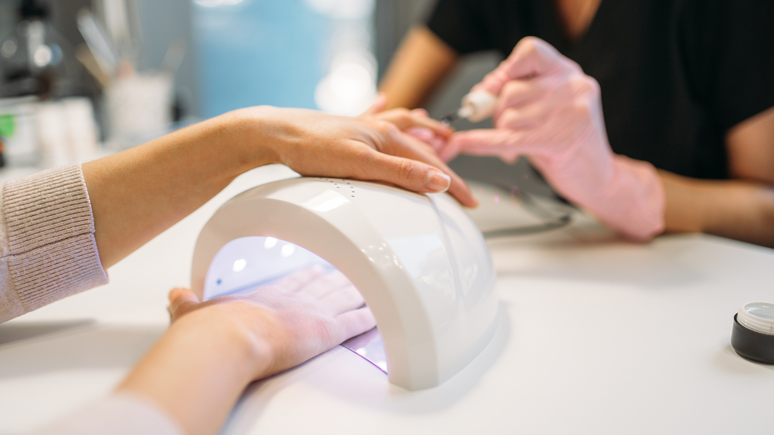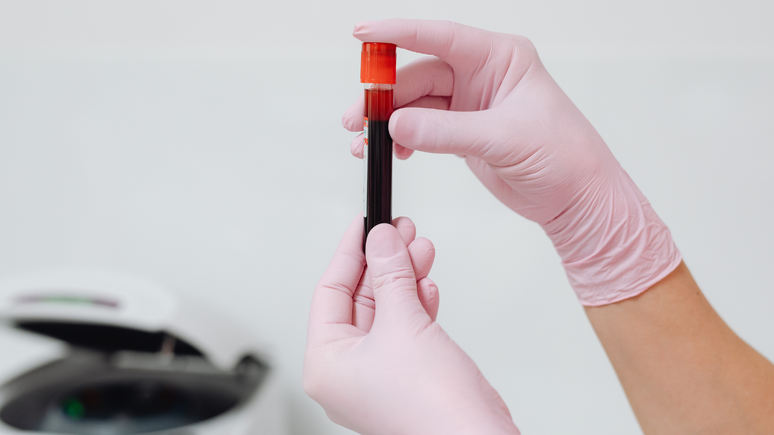Research with almost 8,000 people shows a worrying situation also in relation to the treatment of hypertension and diabetes
EINSTEIN AGENCY – A large study of nearly 8,000 patients showed they don’t adequately control some of the major risk factors for cardiovascular disease: cholesterolhypertension and diabetes. Furthermore, most of the patients are obese or overweight and more than half do not engage in any physical activity. The findings were recently published in Global Heart, by the World Heart Federation, one of the leading scientific journals in the field of cardiology.
The research, called EPICO (Epidemiological Study of Community Information), was coordinated by the Society of Cardiology of the State of São Paulo (Socesp). In all, 332 primary health units from 32 cities across the state participated. All health professionals involved (doctors, nurses, health agents, among others) have been trained in the standardized and appropriate collection of tests. The patients were evaluated in person.
A total of 7,724 patients aged 18 to 94 years participated, more than half of whom (53.7%) were 60 years of age or older and 66.7% (5,153) were female. Within the sample, 96.2% of patients had hypertension, 78.8% type 2 diabetes, and 71.1% had dyslipidemia/high cholesterol. In all, 60% of the sample had two or three associated risk factors.
Lack of control of risk factors
OR cholesterol was the least controlled risk factor. According to the research, even with the use of drugs for disease control, only 13% of patients had levels within the parameters considered normal (LDL less than 100 mg/dl), and when considering those who used drugs lipid-lowering, only 5.2% had values at the level considered ideal.
High cholesterol is a major cause of atherosclerosis, which is the buildup of fat in blood vessel walls, increasing the risk of heart attack and stroke.
OR blood pressure control is also way below expectations. The study reveals that only 34.9% of hypertensive patients using antihypertensive drugs had blood pressure levels within the target range (13 by 8 mmHg).
Furthermore, the survey found that among seniors over the age of 60, blood pressure control was even worse, with only 1 in 4 older adults on medical therapy keeping hypertension under control. To make matters worse, about half of the patients evaluated did not have ideal blood pressure, regardless of gender or age.
You diabetic patients do not take care of their health, according to the survey. Only 64% of them had blood sugar values below 115 mg/dl. Having diabetes is a major risk factor for cardiovascular disease, as well as increasing the risk of problems with other organs, such as the kidneys and eyes, which can lead to vision loss.
More worrying data
The study also reveals that more than half of the patients evaluated (54.3%) did not practice any regular physical activity; 76.6% were overweight or obese (less than 25% were of adequate weight); 20% were smokers; 50% had not completed elementary school; and 40% received less than the minimum wage.
“The study shows the reality of primary care in the Brazilian public system. Most of the patients are women, who do not exercise, do not eat properly, have a low level of education and a low economic and social status. Even with the knowledge of their risk factors for cardiovascular disease, most are not adequately controlling them. It’s a worrying scenario,” says Henrique Fonseca, MD, MD, lead clinical trials of vaccines and immunotherapies at the Academic Research Organization of the Israelite Albert Einstein hospital and one of the principal investigators of EPICO.
Heart disease is still the leading cause of death for men and women in Brazil and around the world. It is estimated that at least 380,000 Brazilians die each year from cardiovascular disease. “We expected to find a bad control scenario, but we found a terrible scenario. We need to understand why people don’t control the risk factors of the world’s most deadly diseases,” says Fonseca.
Access to drugs is not the problem
In the face of these results, Fonseca explains, questions arise as to what would be the reasons why patients do not control their risk factors. “Lack of access to medicines, for example, we have seen is not. All medicines are provided by the SUS [Sistema Único de Saúde]and patients have access to it, as well as through programs such as Farmácia Popular,” says the professor.
Even so, questions persist: Are patients not adequately adhering to proposed treatments? Are the drug prescriptions correct? Are they receiving adequate information from healthcare professionals about the risks of this lack of risk factor control? Are public awareness policies lacking?
“We found several bottlenecks and possibilities for future improvements. It is a scenario diagnosis project for the implementation of actions. Patients know they have risk factors for cardiovascular disease, are being treated for it, have access to medications, but even so, they are far from controlling these risk factors. Where are the problems?” Fonseca asks.
“New studies are needed to find out what prevents more rigorous monitoring of diabetes, hypertension and dyslipidemias [colesterol alto]”, complete.
The impact of this lack of control, assesses the doctor, is the increased risk of mortality from cardiovascular disease, as well as increased costs for the health system. This is because patients are not adequately treated in primary care and may suffer a cardiovascular event in the future, such as a heart attack, stroke or heart failure, requiring hospitalization and ongoing special care.
Source: Einstein Agency
Source: Terra
Ben Stock is a lifestyle journalist and author at Gossipify. He writes about topics such as health, wellness, travel, food and home decor. He provides practical advice and inspiration to improve well-being, keeps readers up to date with latest lifestyle news and trends, known for his engaging writing style, in-depth analysis and unique perspectives.







